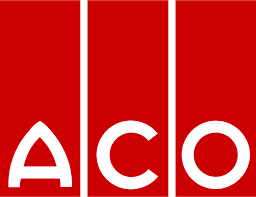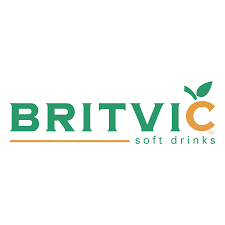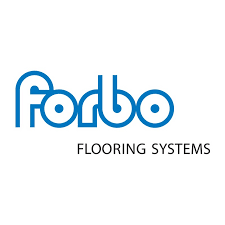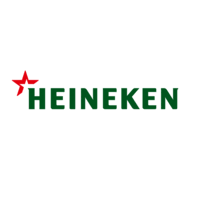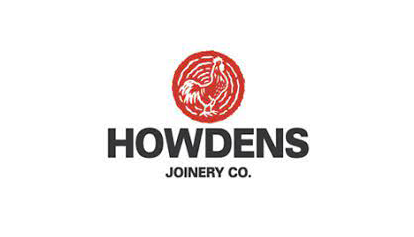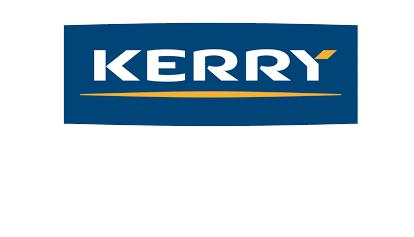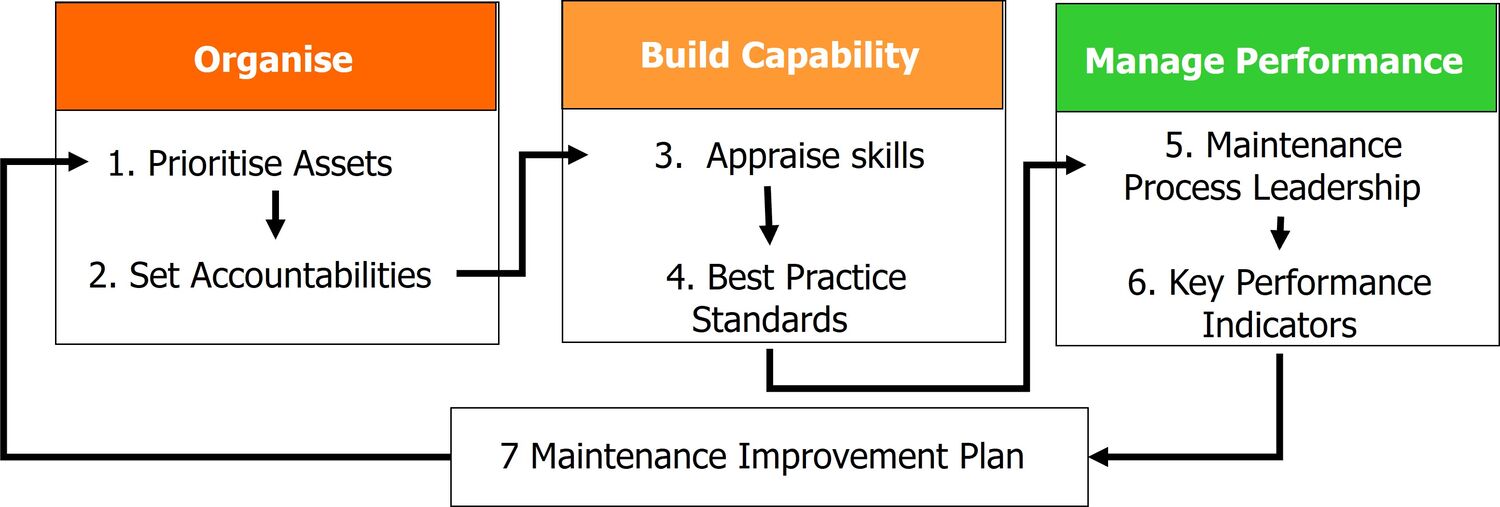
Lean Maintenance guides the evolution of maintenance workflows to systematically reduce waste and non value adding activities,
That releases time to focus on enhancing process effectiveness and release the gains from advanced technology. The gains include improved capacity, resilience and flexibility that deliver real added value for manufacturing and process organisations. Below is a summary of the Lean Maintenance implementation milestones.
Milestone 1: Planning and Preparation
The first step is an awareness and review session to raise understanding of Lean Maintenance Benchmark standards and assess current status against them. That includes a working sessions to agree barriers and gaps and identify action plans to build on existing capabilities.
Lean Maintenance Review
The lean maintenance review is carried out at a site/area level to
- Identify strengths and weaknesses against Lean Maintenance Benchmarks
- Develop maintenance improvement plans.
The steps of the review are set out in the graphic below.

Figure 1.0 Lean Maintenance Review Process
This is designed to identify readiness to proceed and build on existing good practices. That includes how to
Organise the Lean Maintenance Programme
Agreeing Cross functional priorities for improvement
Firming up on who does s what to assure asset care and problem prevention covering:
- Normal operation,
- Daily maintenance, periodic maintenance, preventive maintenance, breakdown maintenance,
- Improving reliability and maintainability
Build Capability
Assessment of the development needed to support those accountabilities including
- Skill development needs,
- Work routine added value review,
- Visual Standard Development,
- Underpinning systems.
Manage Performance
Maintenance Process Leadership
- Time management profile,
- CMMS condition and use of data,
- Stores and lubrication,
- Key Performance Indicators and budget control.
Maintenance Improvement Plan
The Review outputs include a mobilisation programme to launch the pilot phase of the Roadmap
- 3 to 5 year plan in outline,
- 12 months in detail,
- Plans for top down leadership and bottom up pilot programme delivery.
Milestone 2: Pilot Application
The initial project(s) provides local and senior leadership with the hands on experience to identify how to:
- Stabilise and ratchet up effectiveness as part of the daily management routine.
- Identify practical improvement actions.
- Engage maintenance with the systematic development of capabilities to deliver year on year improvement of asset effectiveness.
- Develop a practical roll out cascade to transfer lessons learned across the organisation.
The Pilot involves engaging a cross functional team(s) in improving asset resilience in a pilot area by
- Refining practices and developing operations team capability to apply Lean Maintenance standards as part of the day to day routine including
- Lean Asset care
- Lean Execution
- Lean TPM Centre of Excellence practices
- Reduce maintenance cost per run hour by improving
- Ease of inspection
- Causes of accelerated wear
- Spares management.
ROLL OUT CASCADE
The blueprint for transferring the lessons learned from the pilot process to other areas will be developed as part of the pilot programme. Typically this will involve a phased approach to allow time to develop new capabilities and working relationships.
DELEGATE
As new ways of working improve effectiveness, asset care routines are simplified and can be transferred to front line teams to lock in the gains and release Engineer time to focus in process optimisation.
To unlock the potential of individuals and support the delivery of business goals, we can also create training programmes and in-house training academies to drive tangible performance improvement. Programmes that:
- Encourage ownership of learning goals and pathways.
- Provide individuals and teams with the skills they need to deliver year on year improvement.
- Reinforce a proactive culture and the values of the organisation.
Next steps?
The first step is the awareness and review session to assess current status against the Lean Maintenance benchmarks. That includes working sessions to agree barriers and gaps and identify action plans to build on existing capabilities.
That supports the development of a mobilisation programme to launch the pilot phase of the Roadmap programme.
To find out more check out our support programme, send us a message here or contact us via

